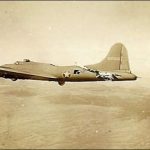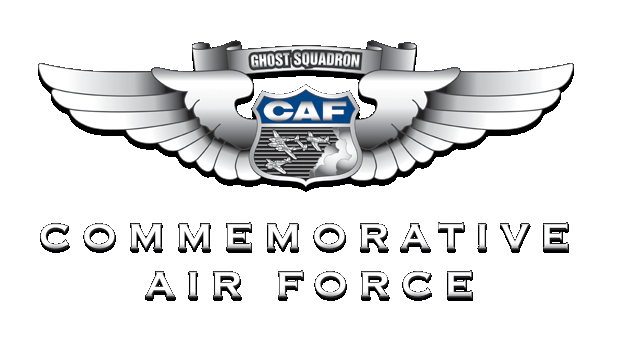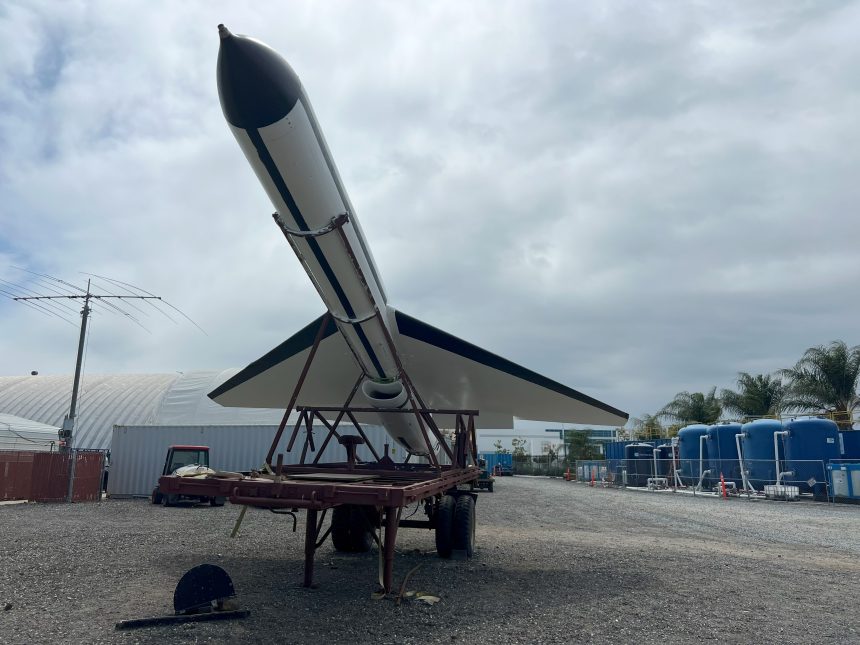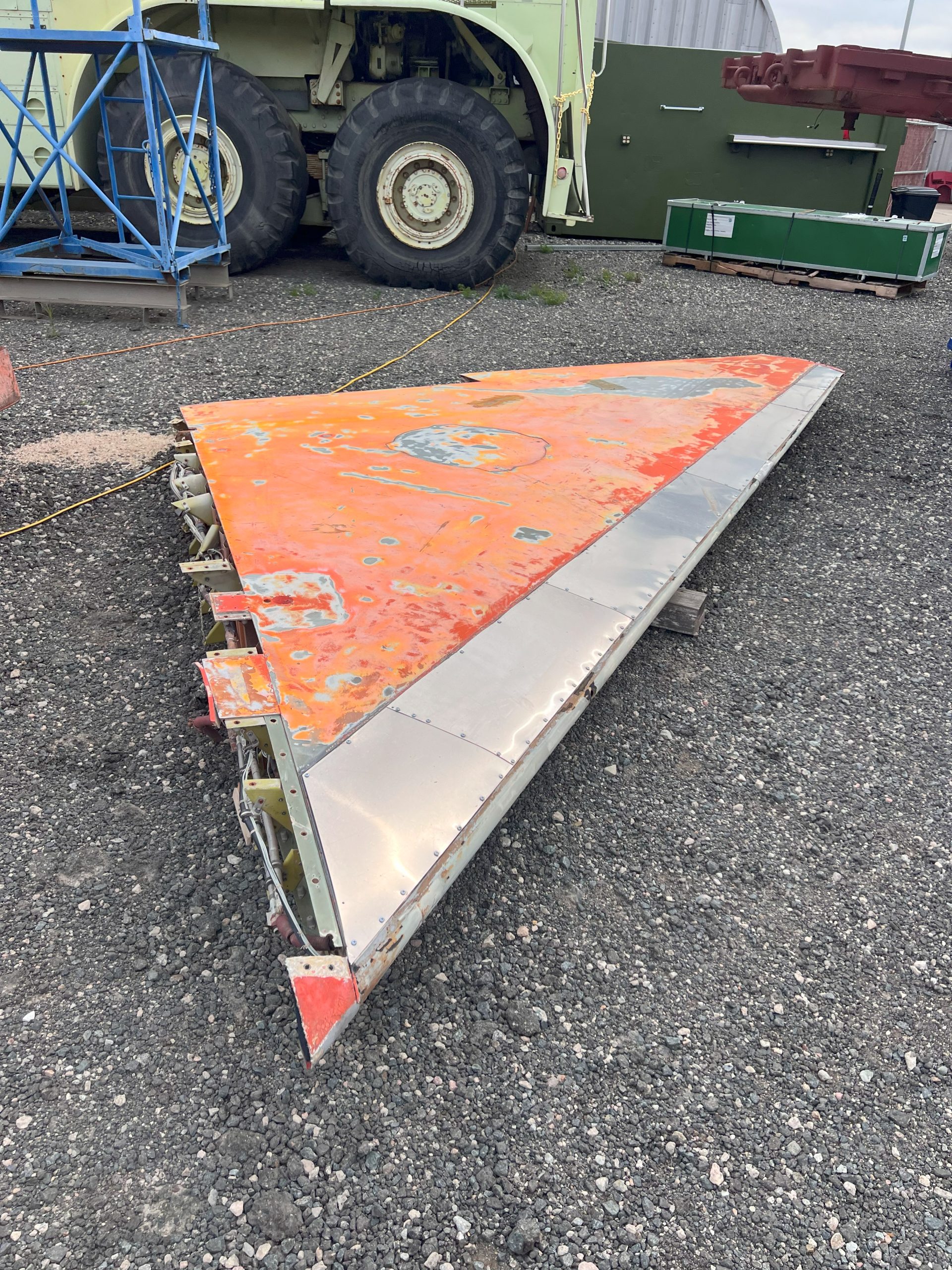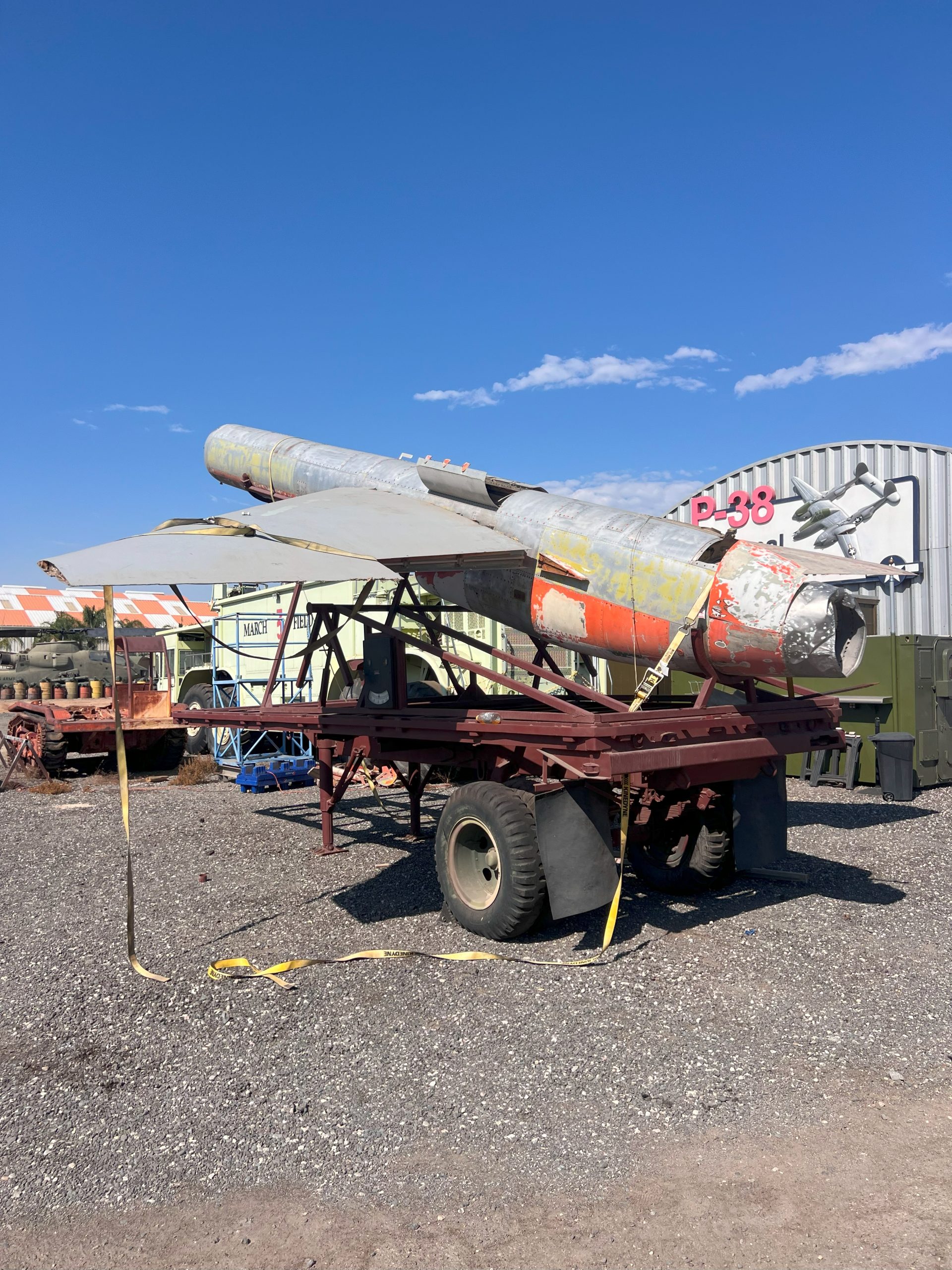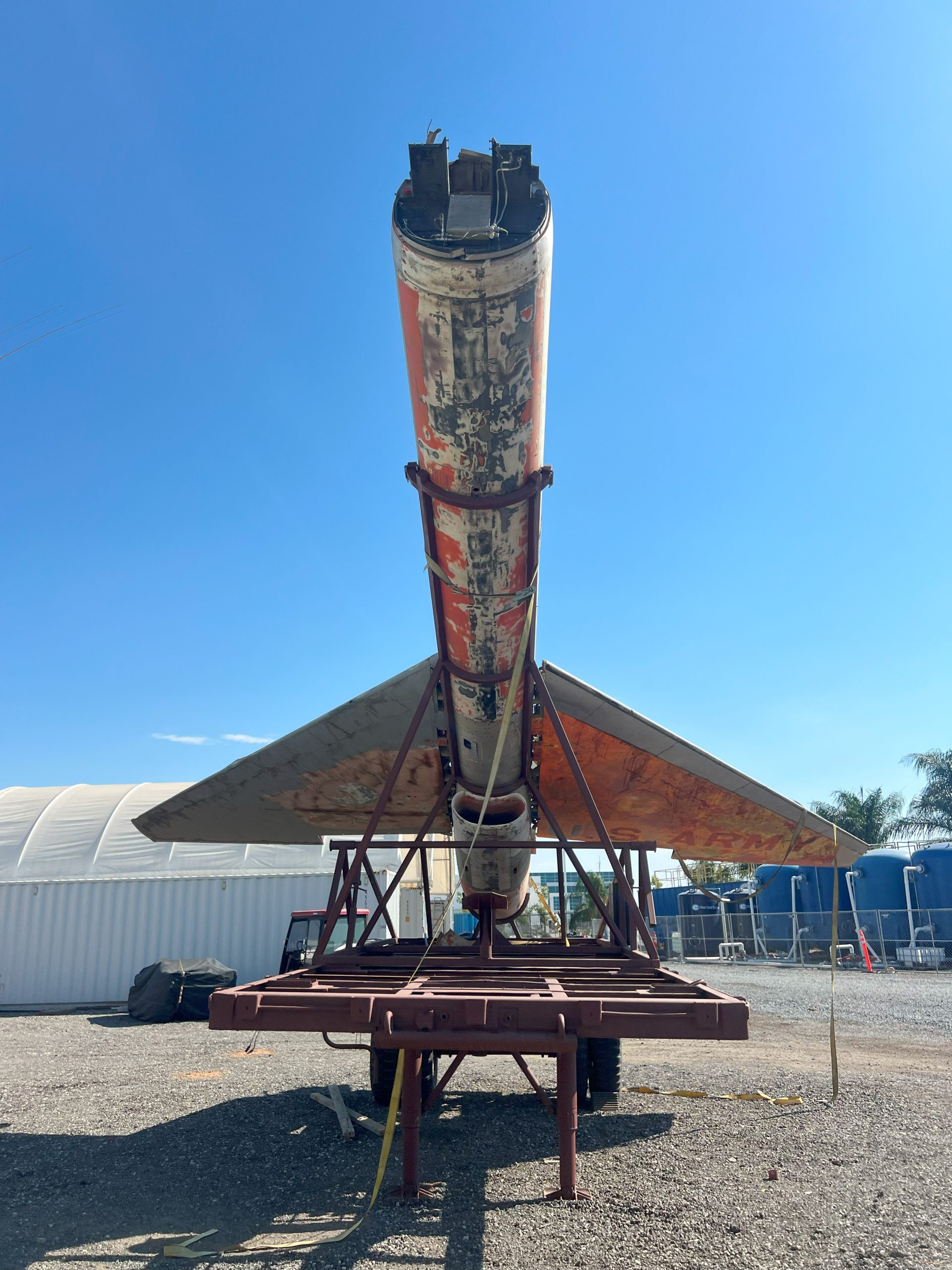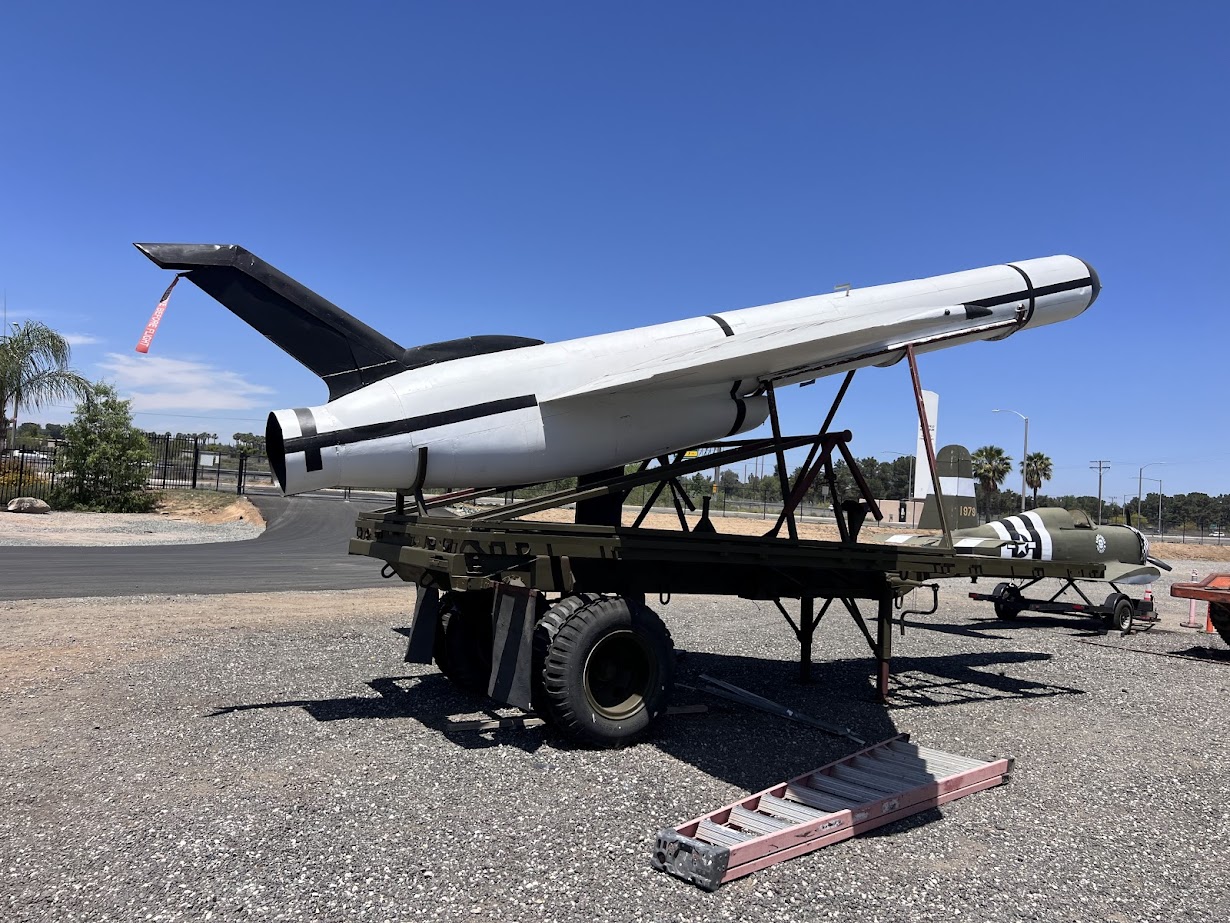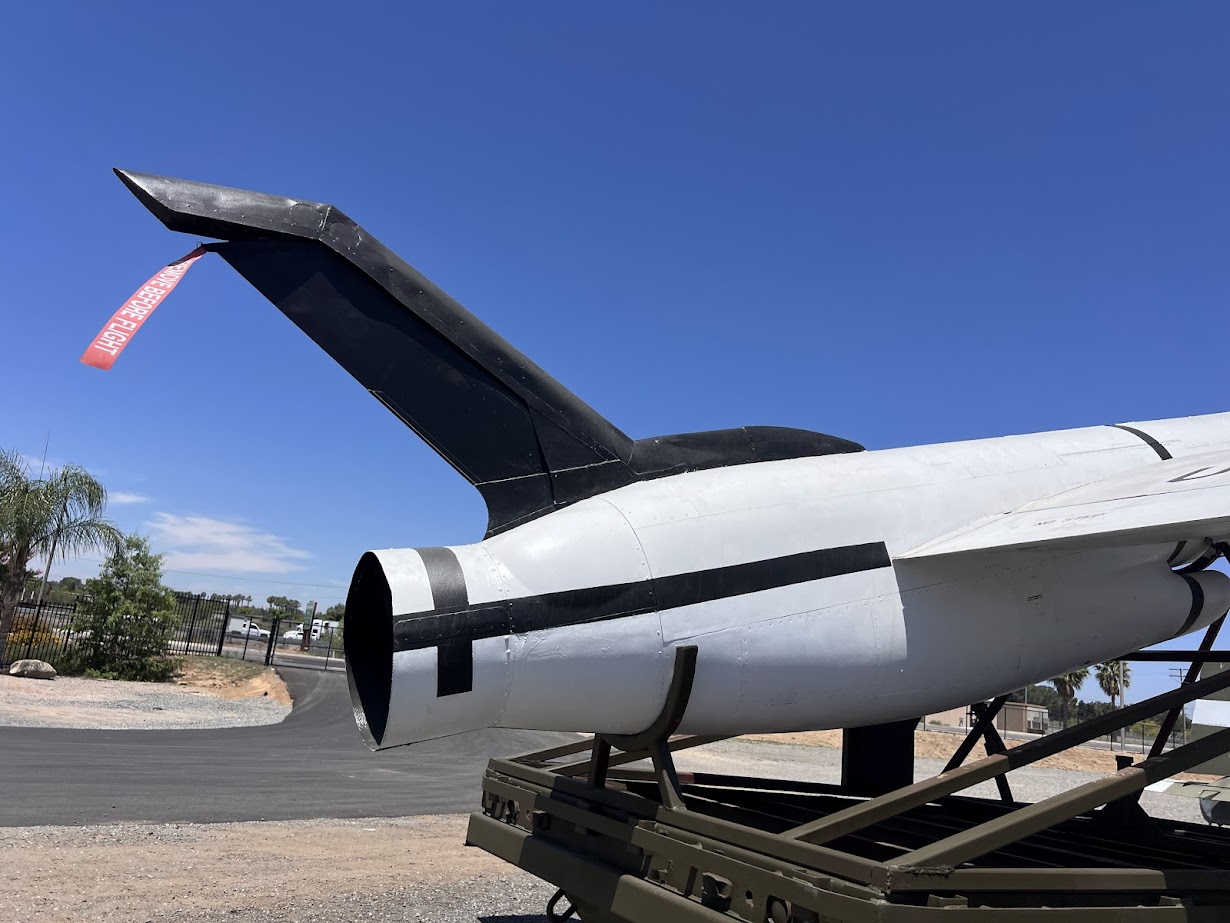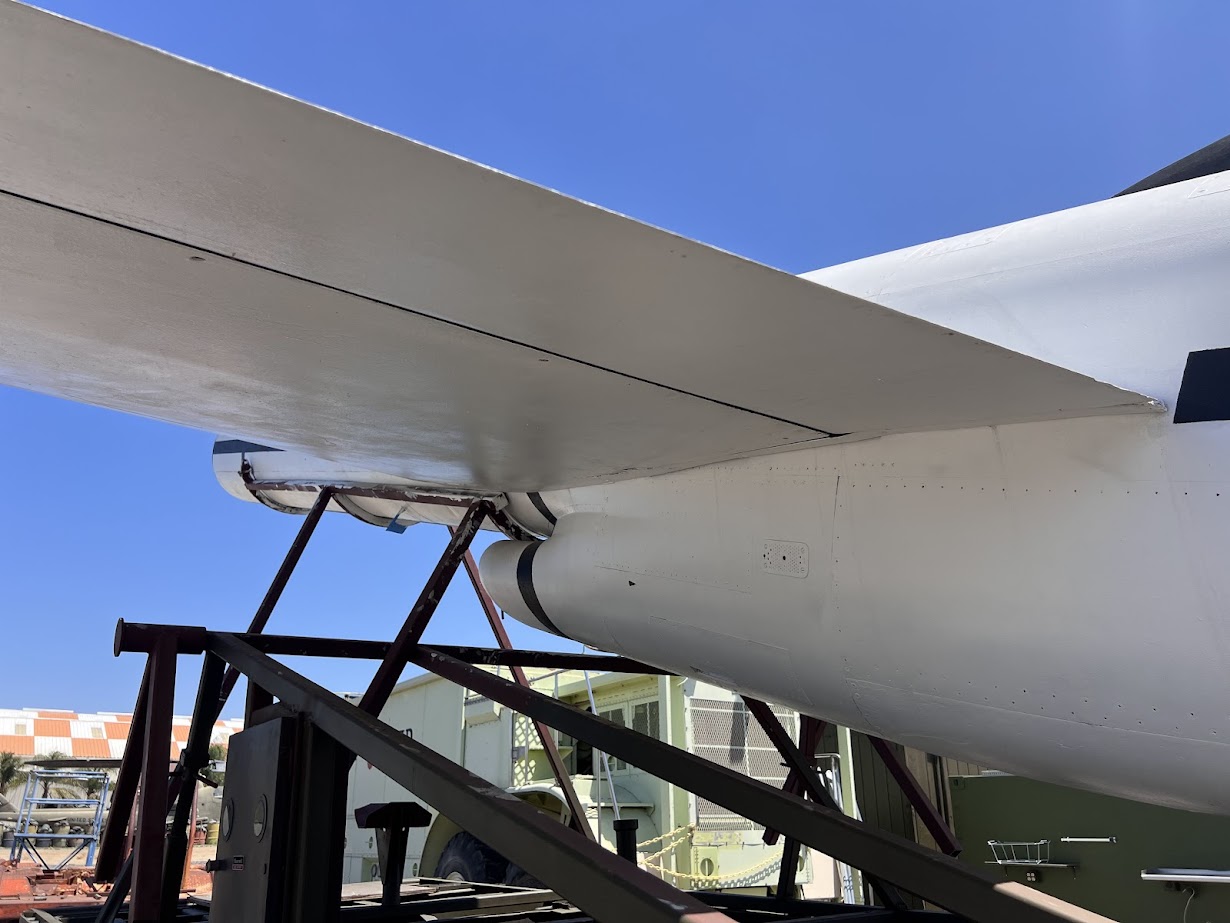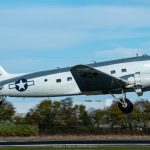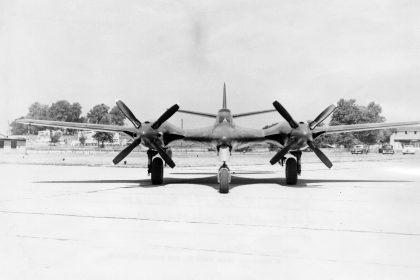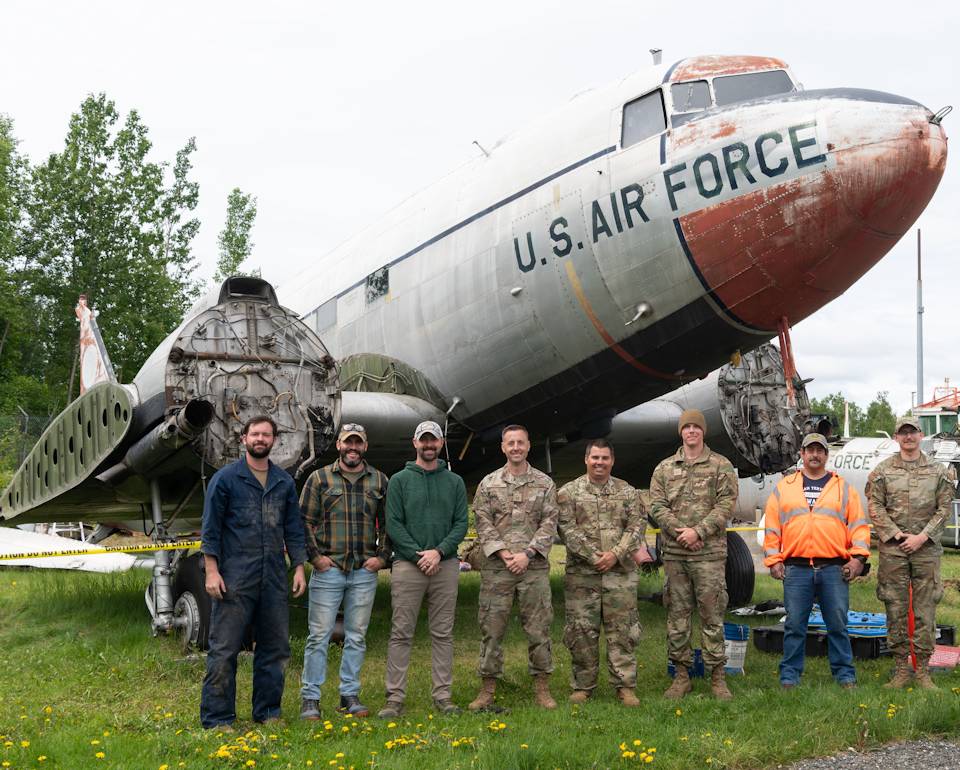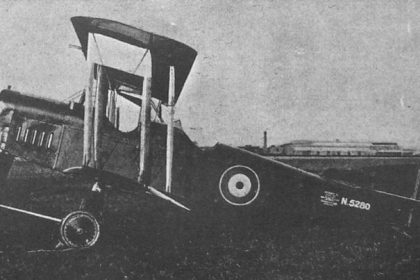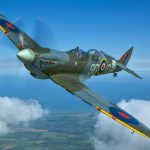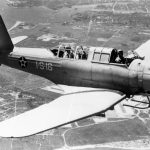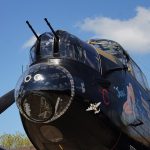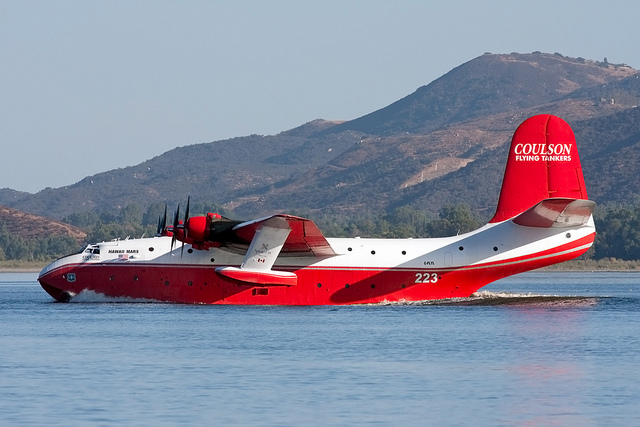When people think of the name “Osprey” in military aviation, they are prone to think immediately of the Bell Boeing V-22 Osprey tilt-rotor transport in service with the US military today, but in the early 1960s, that applied to an experimental reconnaissance drone, the Fairchild SD-5 Osprey, which was intended to survey the battlefield and provide valuable intelligence for the US Army Signal Corps. Now, an example of this drone, which may be the last of its kind left, has been undergoing a restoration to static display at the March Field Air Museum in Riverside, CA. During the 1950s, the United States and the Soviet Union developed new types of missiles to use against each other if the Cold War ever went hot. Among the new weapons systems were tactical ballistic missiles (TBMs), designed for targets outside the range of conventional rocket artillery but more mobile and concealable than short-range ballistic missiles. However, with the need to conceal the TBMs and their mobile launchers came the need to provide targeting information for the TBMs while they hid themselves from enemy detection. Enter the Fairchild SD-5 Osprey.
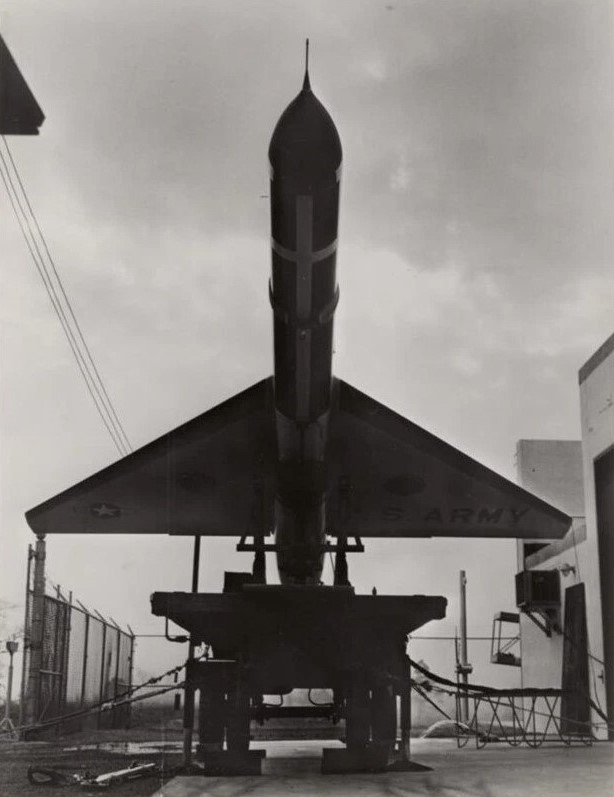
Developed under the full designation Fairchild AN/USD-5, the Osprey was designed to be a high-speed reconnaissance drone. Based off the company’s XSM-73 Bull Goose decoy cruise missile, the SD-5 Osprey was fitted with a tailless delta wing made of molded fiberglass fitted to an aluminum fuselage, and was powered by a Pratt & Whitney J60 turbojet engine (military designation for the JT12 engine), capable of producing 3,000 pounds of thrust to fly the Osprey to a subsonic speed of Mach 0.7 at altitudes ranging from few hundred feet to 35,000 feet over an effective radius of 1,000 miles. The drone was also fitted with a solid-propellant rocket booster for zero-length launch from a specially designed trailer, making the Fairchild SD-5 Osprey more mobile on the battlefield.
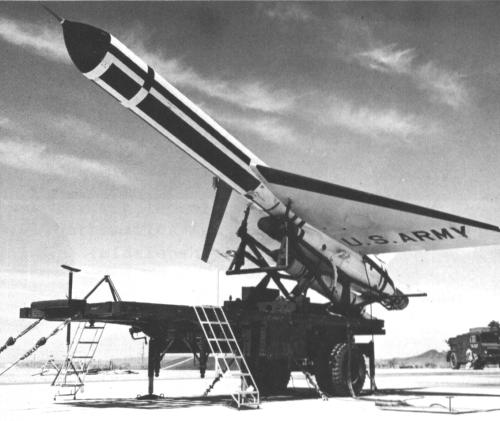
After launching from its trailer and jettisoning its rocket booster, the Osprey would fly over a battlefield with infrared scanners, side-looking airborne radar (SLAR), and optical mapping sensors whose data could be transmitted in-flight using telemetry or recovered with the drone upon the completion of its mission. When the Osprey had accomplished its mission, its operator would command the drone to cut its engine and deploy two parachutes to slow its descent, while special nylon airbags would inflate at the nose and wing section to cushion its unpowered landing, allowing it to be recovered intact by Army specialists.
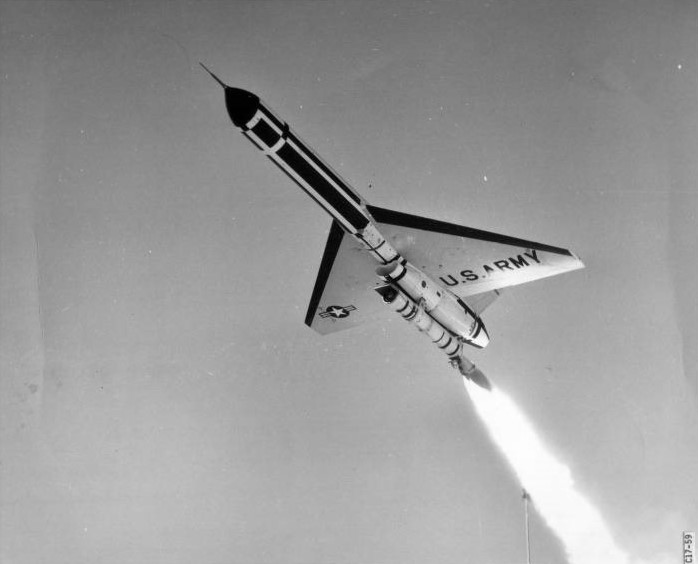
The Army even made plans to introduce the Osprey into service as early as 1964, but two years before that, in 1962, the project was cancelled. The reason listed by the Department of Defense was that the program to develop the Fairchild SD-5 Osprey was too costly, with an estimated cost of $350,000-$400,000 per production aircraft. Only 15 examples of the Osprey drone were ever built, and the design soon faded from memory.
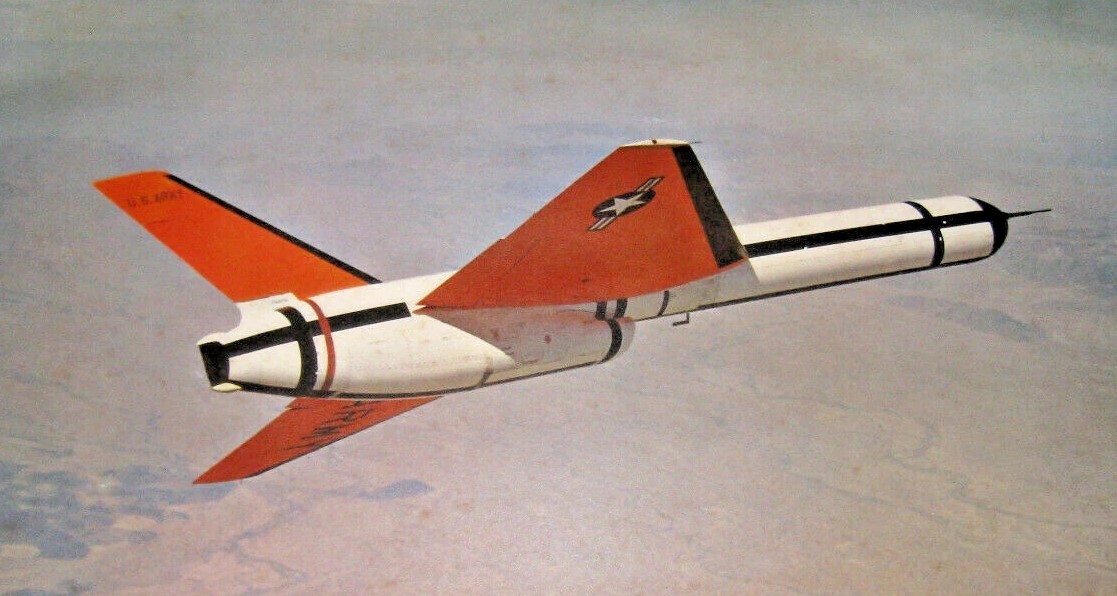
In recent years, though, an example of the Fairchild SD-5 Osprey was to be found in the collection of Charles Richard Oldham of Quartzsite, Arizona. In his public life, Oldham had been the mayor of Quartzsite, and in his private life, Oldham, who had a lifelong love of cars, amassed a collection of classic cars, but also several airplanes, and in that collection was a rare Fairchild SD-5 Osprey, perched atop an M4 high-speed tractor, an artillery tractor developed during WWII. For many travelers, though, the unfamiliar device, painted all orange, remained a mystery. In recent years, some of Oldham’s airplanes have gone to museums in California, such as his Grumman F9F-5P Panther BuNo 125316, which the Palm Springs Air Museum has restored. By 2022, he donated a Cessna O-2A Skymaster, USAF serial number 67-21434, to the March Field Air Museum, which then restored the aircraft alongside two other Cessna O-2 Skymasters already on display. Additionally, Oldham has also allowed the March Field Air Museum to display a former US Army Cessna L-27A/U-3A Blue Canoe liaison aircraft, s/n 58-2112, which was a military variant of the Cessna 310 twin-engine aircraft.
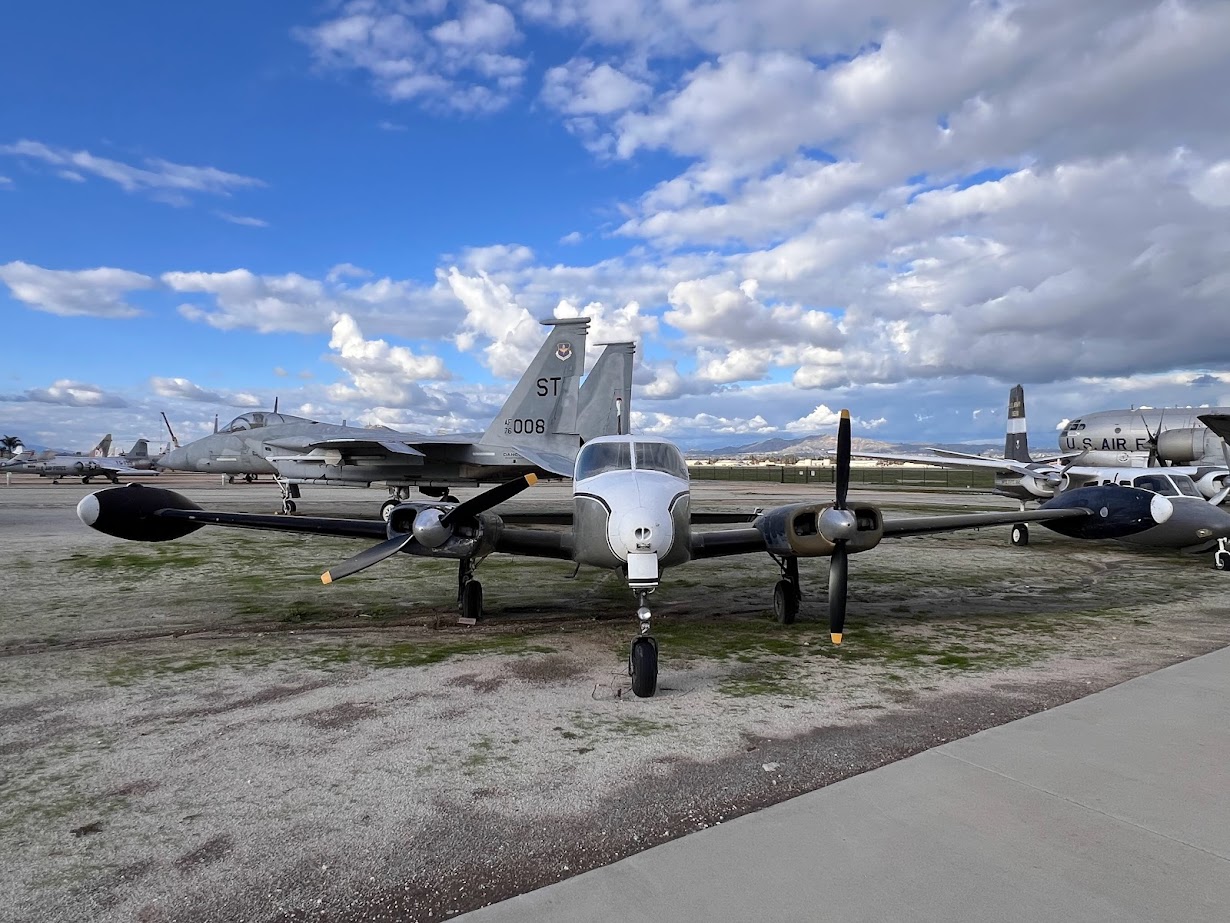
By December 2022, Oldham loaned two more aircraft to the MFAM. One was Beech AT-11 Kansan, USAAF s/n 41-27650, which had been converted from its stock bomber trainer configuration to the appearance of a civilian Beech 18, and the other was the Fairchild SD-5 Osprey. Both the Kansan and the Osprey, along with the M4 tractor, arrived at the museum to become restoration projects.
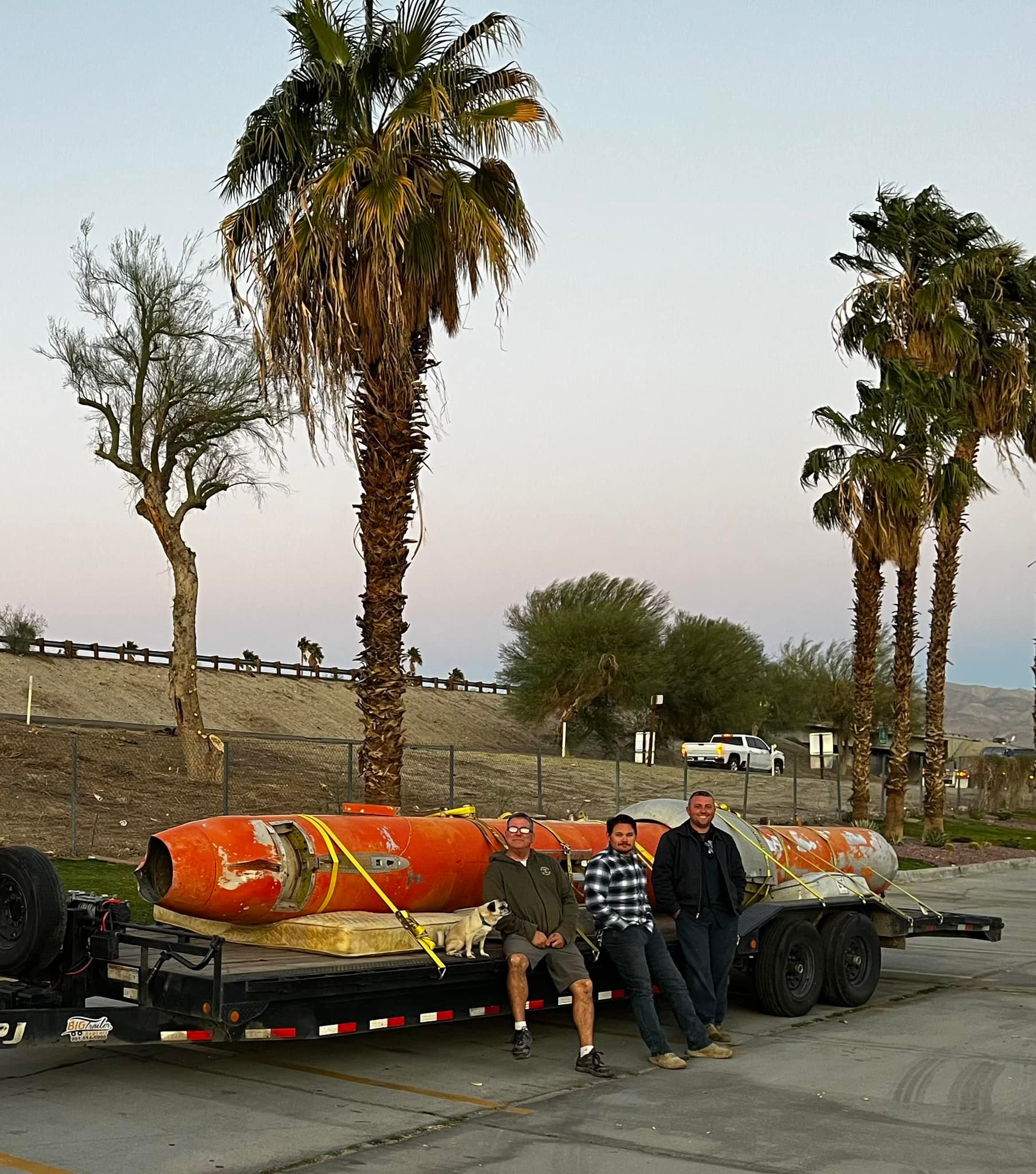
Since the arrival of the Osprey, the March Field Air Museum has been restoring it for static display. “The biggest challenge was replacing the damaged or missing parts,” says Stathatos. “With only 15 built, there’s not a lot of photos or documentation to get a good look at the drone.” One of the most challenging aspects of the restoration was in refabricating a vertical stabilizer for the Osprey, as related by Stathatos: “The drone had a complete vertical when it was in Quartzite, AZ until a gust of wind blew it off of the makeshift cradle and crushed it beyond saving.” This section of the drone was later fabricated by March Field Air Museum volunteer Paul Torr using surplus parts from a T-28 Trojan and an Ercoupe. Torr also repaired much of the metal on the SD-5 and replaced sections deemed beyond repair to make the drone ready for display.
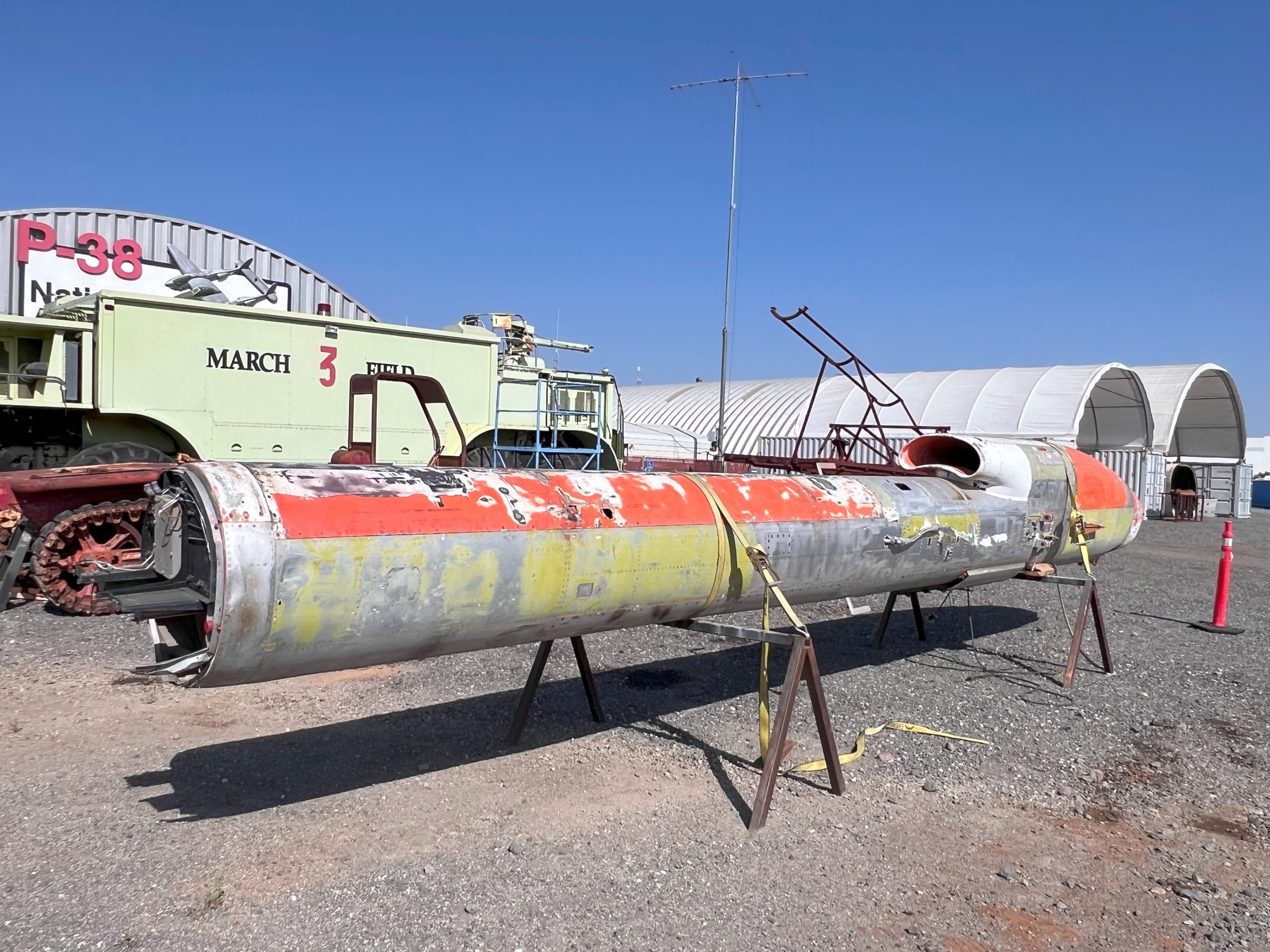
Volunteers at March Field Air Museum have also created a replica of the Osprey’s special launch trailer by welding a cradle based on historical photos to a standard semi-trailer. Stathatos recalls the process in recreating the launch trailer, saying “Based on photos, I was able to create a launch pad with some additional supports built in to look as they were with the original launch pad. The launch pad/cradle was mounted on a trailer for a complete, realistic look. Unless you look at both sides by side, it’s hard to tell them apart.”
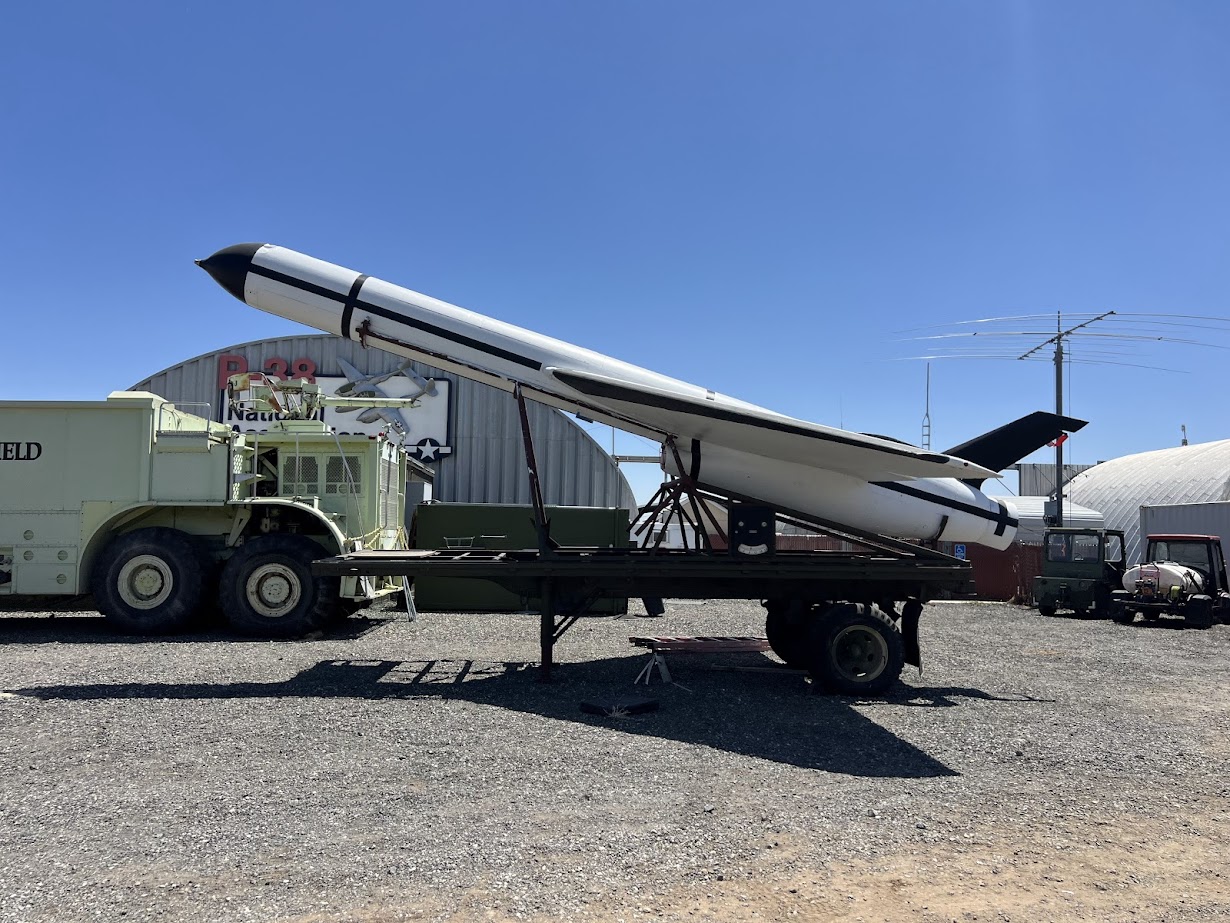
As of writing, the Fairchild SD-5 Osprey at the MFAM has been reassembled and has been repainted to appear as it did during its trials at the Yuma Proving Ground. Since no other examples of the Fairchild SD-5 Osprey are known to exist, it is believed that the March Field Air Museum’s example is the last remaining one.

While it will remain on loan from C. Richard Oldham, this unique drone will eventually be placed on display and stand as a reminder of its role in the history of unmanned aerial vehicles (UAVs) during the Cold War, and show that such aircraft are not as recent as the casual visitor may assume. For more information, visit the March Field Air Museum’s website HERE






